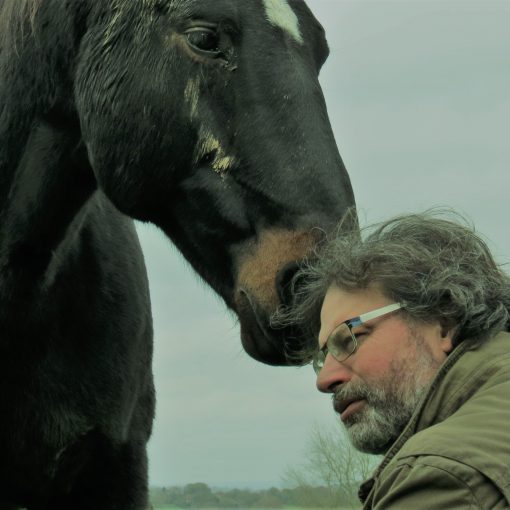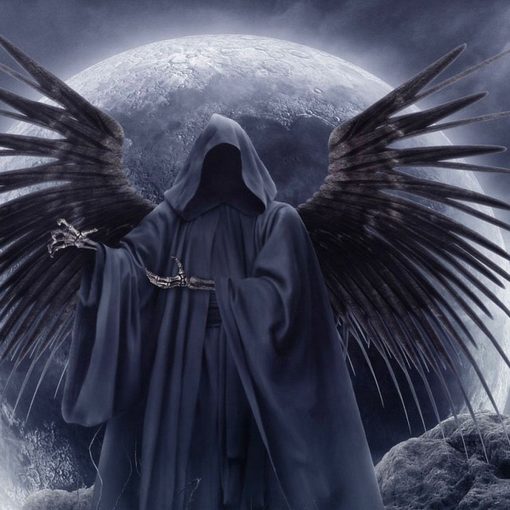The Clever Hans phenomenon
At the beginning of the 20th Century the world has consumed by the capabilities of a horse called Clever Hans. Clever Hans and his owner Wilhelm von Osten created a great stir in the popular entertainment of time.
According to von Osten, Hans was a very clever horse who could successfully carry out complex arithmetic and answer simple puzzles. Not just ones set by von Osten, but also those called out from members of the audience.
Hans would tap out the answer with his front hoof. Simply, tapping the correct number of times that reflected the answer, e.g. 2 plus 2 equals 4, so four taps.
Hans’ skills challenged the more rationally minded and there was a move to debunk, or at least better understand. Germany’s board of education created the Hans Commission to investigate what was “really” happening.

Understanding Hans
Ultimately, Hans was sadly proved to be no mathematic genius, but he was a genius of social and somatic awareness, but more of that later. Let’s take a moment to explore his genius as it was originally understood.
The Hans Commission could not actually disprove the Hans’s skills and concluded that they were genuine and that there was no “trickery” in the process. Hans could do maths!
However, psychologist Oskar Pfungst was not satisfied with this finding and took over this investigation. Pfungst’s work refocused investigation onto the human, rather than the horse. Ultimately, he established that Hans could not “solve” a problem without von Osten being present, more specifically being in his line of sight. Similarly, Hans could not solve a problem that von Osten could not or did not know the answer to, for example someone’s date of birth. Also, other humans could not facilitate the same effect.
Pfungst noticed there was an subtle shift in breathing, posture, and facial expression – often involuntarily - that changed each time the hoof tapped, showing ever-so-slight increases in tension. When the correct answer was achieved, that tension was released from von Osten’s face and body. In that moment Hans stopped tapping his hoof.
He similarly recognised that this tension increase/release pattern did not play out when von Osten was unaware of the correct answer.
Social Intelligence
So the cleverness of Hans was effectively debunked. But the outcome of the debunking informs us of something of much more value about horses’s awareness of their humans.
It shines a light on their social intelligence, their highly sharpened awareness of often unconscious subtle shifts in state of being and energy, whether expressed in facial expression, muscle tone and posture or tone of voice.
Academic research is increasing recognising horse’s abilities to recognise and react to the emotional expression of humans, particularly facial. When we watch the subtly of expression that plays out between horses in a herd this should not surprise us. Communal or social living demands effective communication, human community whether tribal or urban is just one expression of this. From an evolutionary perspective there are many more tools for social connection and communication than language.
What the story of Clever Hans teaches us is that there are subtler connections that playing out every-day in our interactions. We have just got very good at “not seeing” them. Considering Clever Hans phenomenon invites us to take the time to sharpen our social awareness and presence and open ourselves to real-time social feedback, will help us to (re)learn some of these capabilities.
Equine Facilitated Interactions
As a facilitator and trainer of Equine Facilitated Interactions at Athena Herd Foundation I am blessed to be working with Hans’s genius on a daily basis. The essential spirit of Clever Hans plays out every time we step into the presence of equines. Watch them, they don’t have to whinny or knicker to reach out to us to acknowledge our presence, their behaviour is communication. We just need to be open to it.
Clever Hans’s story illuminates the foundation of this work. When we work with humans alongside horses, the horse’s offer us simple non-judgemental observations about the humans. Like with von Osten they show us what we might not otherwise see, responding to our non-verbal communications. They respond to that which is presented before to them. They might not be tapping their hooves, but their behaviours invite us to consider “what it was a response to” and where appropriate, then to gently enquire.
We do not need to seek answers, we simply need to find the right question. The right question opens conversation, conversations that the humans might need to have. For us, as with the Hans Commission, the social cleverness of our equine companions inspires our curiosity. And it is that curiosity that can help our clients or service users find the solutions that they need.
Picture credit: CleverHans - Clever Hans - Wikipedia




